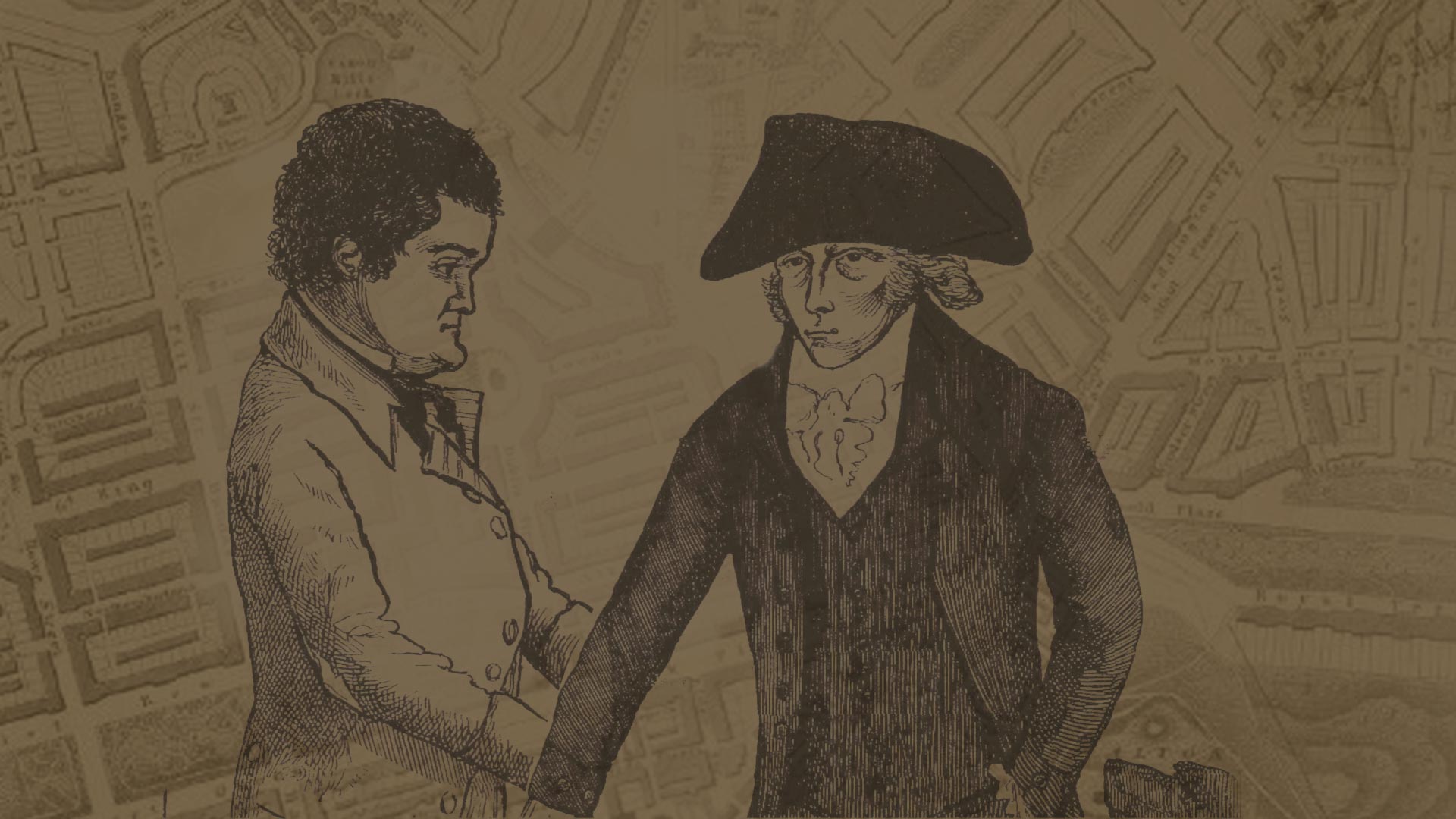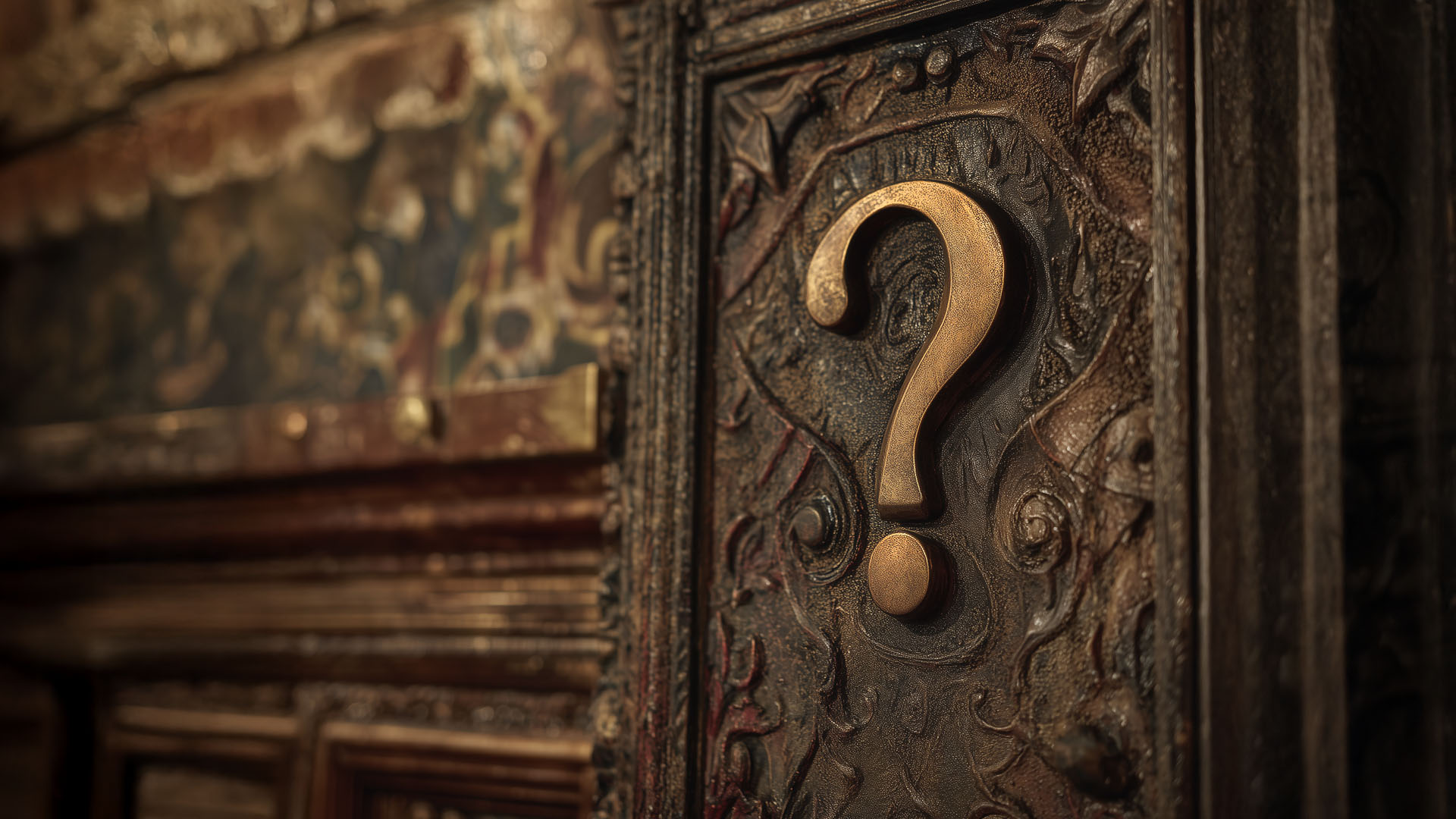Edinburgh: Grave Robbery Capital of The World?
Edinburgh’s Old Town is a warren of narrow closes, hidden courtyards, and looming stone tenements. Within its shadows can be found evidence of one of the city’s most macabre chapters - the murky and gruesome history of grave robbery.
Rife in the 18th & early 19th centuries, ‘body snatching’ was a persistent scourge on Edinburgh’s respectable façade. Few cities in Europe could rival Edinburgh for the prevalence of this gruesome trade.
A hidden underworld gradually evolved, fuelled by medical demand and inspiring generations of unscrupulous entrepreneurs. This in turn bred waves of rumour, fear, and headline-grabbing horror. Edinburgh's past is entwined with the myths of the body snatchers, and their bloody legacy lingers to this day in the city’s architecture.
Read on to discover a short history of grave robbery in Edinburgh or for a more immersive experience check out The Anatomist escape room.
Genesis: The Economics of Flesh
By the 1700s, Enlightenment ideas were transforming Edinburgh into a hub of scientific and intellectual ambition with progress in education, arts and culture.
The city had established itself as one of the leading centres of medical learning in the whole of Europe, with teaching relying on the practical dissection of recently deceased ‘cadavers’.
But cadavers were scarce. Anatomical dissection was viewed by many as barbaric, sparking a host of moral and religious concerns. Few of Edinburgh’s god-fearing residents would willingly donate their own body after death, and in fact dissection was reserved as a punishment for the very worst offenders in society.
In the 18th Century, only the bodies of executed criminals could be used for anatomical study and while the city’s authorities weren’t shy of employing the hangman’s noose, the resulting supply was far from sufficient.
Edinburgh’s rising academies and institutions like the University of Edinburgh’s famed medical school, as well as the city’s numerous extra-mural anatomy schools needed a much greater and more reliable source of bodies.

Edinburgh’s Body Snatchers are Born
Edinburgh’s first grave robbers are thought to have been surgeons, doctors and medical students - themselves in need of raw material for teaching, research and study. While some medical men would baulk at this practice, others understood it as a necessary evil in the pursuit of progress.
As the 18th century progressed, a class of petty crooks emerged who would ‘undertake’ this work for a fee. These “resurrectionists”, would creep into graveyards in the dead of night to steal freshly buried corpses to sell on to the anatomy schools. Surgeons’ Square to the southwest of the city held several extra-mural anatomy schools such as that of the infamous Dr Knox – a grateful customer of the resurrectionists.
Freshness was key here, for a corpse’s value decreased as the natural processes of decay diminished its potential for fruitful study. In summer this window was short – only a few hours or days before the corpse began to rot and prices would rise to reflect this.
While body snatching had occurred at a low level in Edinburgh for centuries, towards the end of the 18thCentury it reached an almost industrial scale.
Resurrectionists: Their Tools and Tactics
Resurrectionists typically worked in small gangs under cover of darkness. Wooden shovels were quieter than their metal counterparts, and ‘dark lanterns’ could provide focused beam of candlelight without attracting unwelcome attention. Ropes, sacks, picks, hooks and canvas sheets completed their grim inventory.
Teams would dig through the soft ground of a freshly covered grave, break the coffin lid and extract the deceased through the resulting gap using ropes and hooks.
It was tough, physical and gruesome work, yet a degree of professional pride was maintained with some taking pains to return the gravesite to its original condition - apparently undisturbed. Many cases of grave robbery in Edinburgh are thought to have gone entirely unnoticed.
Exhumed bodies would be concealed and transported in handcarts or tea chests from Edinburgh’s graveyards to the anatomy schools to the West of the city centre. Bodies were smuggled into Edinburgh from rural kirkyards and even distant cities, there are documented cases of cadavers shipped into the port of Leith from as far afield as London and Dublin.
Sometimes bodies would be delivered by the grave robbers themselves – individuals with names like The Screw, The Black Bull man or Joseph Naples, while other times bodies would be passed to fixers through a web of clandestine collaboration and bribery which extended throughout Edinburgh’s underbelly. The South Bridge Vaults are one famous location thought to have temporarily stored bodies away from prying eyes on their way to the dissection table.
In some cases, bodies were stolen even before burial had taken place. There were persistent rumours of grave diggers and funerary homes being in league with the anatomists and burying empty caskets filled with stones.
Was Grave Robbery legal in Edinburgh?
The legality of grave robbery was a surprisingly murky area. The stealing of the dead was not technically a crime since cadavers were not considered ‘property’. Desecration of a grave was only a misdemeanour, yet if the corpse’s clothes or possessions were taken, this was theft and could carry the death penalty.
For this reason, resurrectionists would often avoid removing anything from the grave other than the body itself. Cases of grave robbery seldom made it to court and few resurrectionists were ever prosecuted.
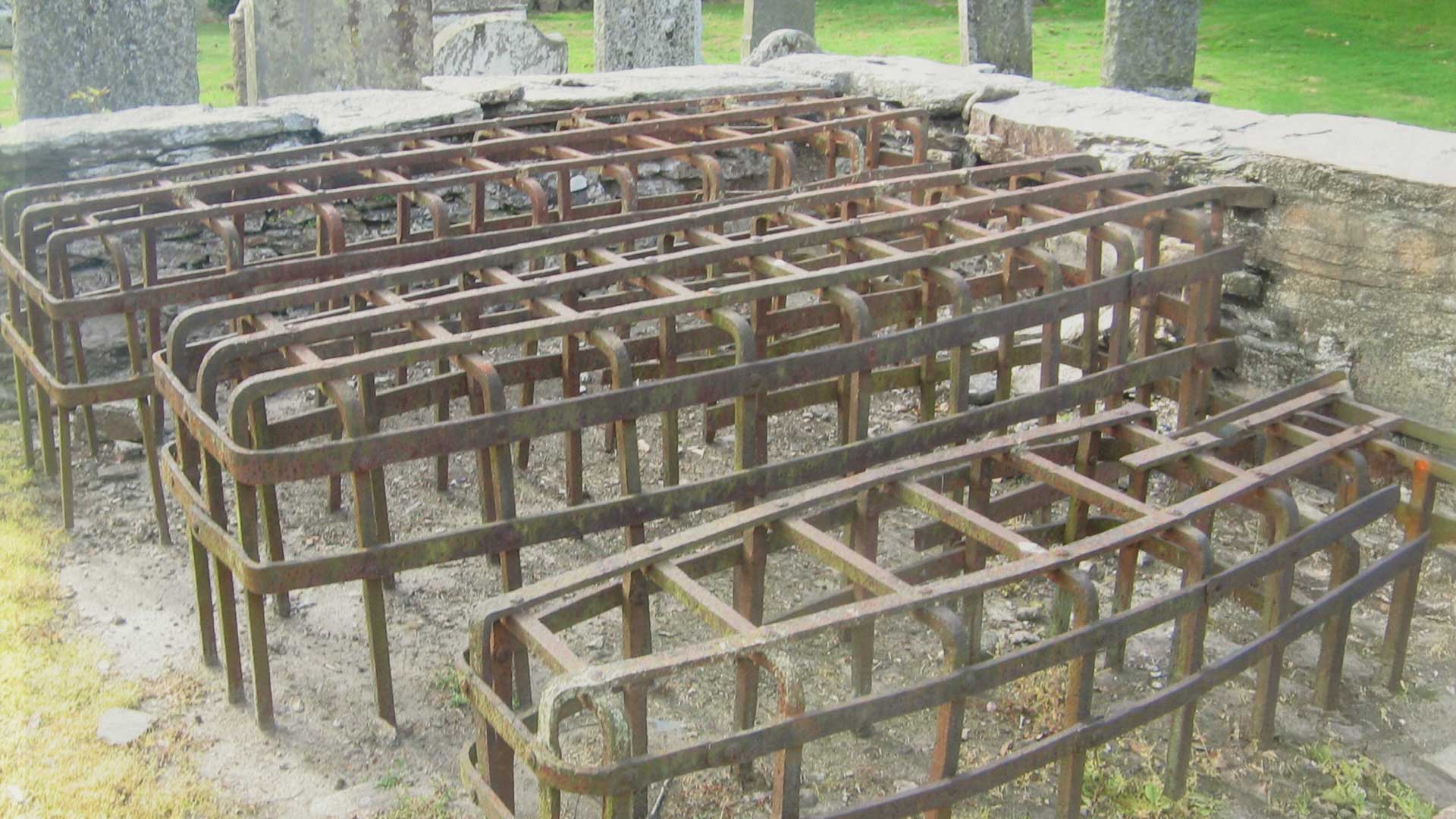
Edinburgh’s Public Backlash
Questions of legality aside, as the blight of grave robbery accelerated, public alarm intensified into something of a moral panic.
Families took to drastic measures to protect their recently deceased relatives. Armed guards were employed in cemeteries such as Greyfriars and St Cuthberts where watchhouses and watchtowers still stand to this day.
More direct methods of grave protection were also devised. From the very basic - heavy stones hauled over gravesites, to more advanced contraptions such as mortsafes, – iron contraptions constructed over the grave itself, as well as heavy re-enforced coffins, and caged lairs. Sometimes these devices would be a permanent fixture but more often the dead would be secured temporarily until decay made them an unappealing prospect for thieves allowing for reburial elsewhere.
Yet even these measures failed to staunch the flow entirely and public fear and anger gradually turned on the anatomists themselves. There were cases of rioting and disturbances aimed at Edinburgh’s medical schools. But it was the leap from theft to murder that escalated public outrage to fever pitch.
Burke & Hare: Edinburgh’s Most Famous Grave Robbers?
No names cast a darker shadow than those of William Burke and William Hare. In popular imagination they were grave robbers who ‘streamlined’ their business model by turning to murder directly.
However, despite their infamy, Burke and Hare never actually robbed a single grave. They were “anatomy murderers” – a pair of cold-blooded killers who snuffed out at least 16 people between 1827–28, selling their bodies to the anatomy school of Dr. Knox.
Burke was hanged in January 1829 before a crowd of up to 40,000 spectators. Hare was spared in exchange for his testimony against his colleague. He fled the city, his eventual fate unknown.
Why not retrace the footsteps of Edinburgh’s most infamous killers on ‘A Trail of Burke & Hare’ - our thrilling outdoor escape room adventure.
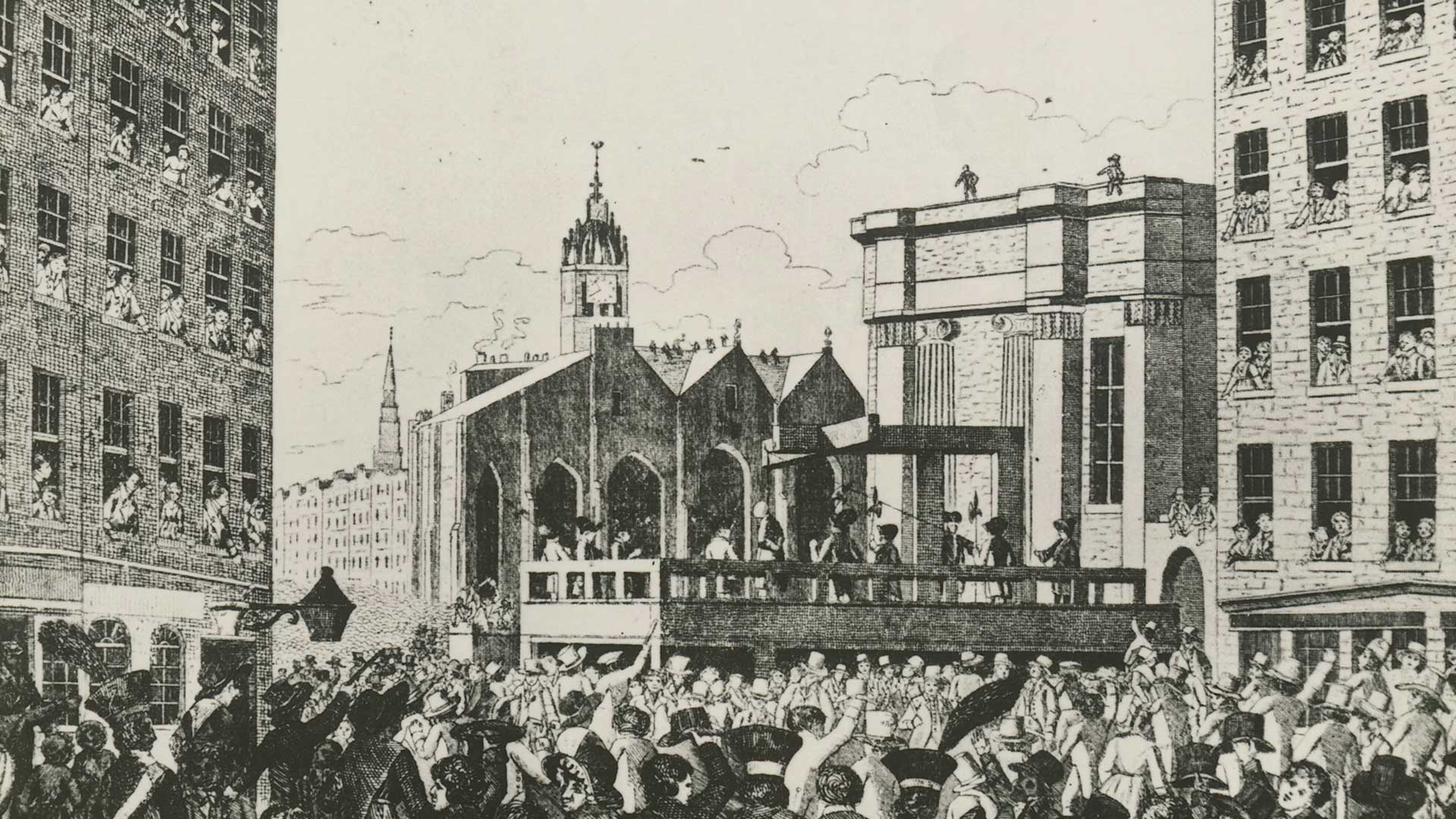
When Did Grave Robbery in Edinburgh End?
The growing public fear of bodysnatching, combined with the impact of Burke & Hare’s crimes lead to the passing of the 1832 Anatomy Act.
The act reformed the sourcing of cadavers and legalised the “donation” of unclaimed bodies from institutions such as hospitals and poor houses. It also regulated the anatomy schools themselves brining greater oversight and standardisation.
The result was to greatly diminish the need and incentives for grave robbing, though occasional whispers of the practice endured until the late 19th century.
Grave Robbing Sites You Can Still Visit Today
The legacy of grave robbery can still be found today in the physical architecture of Edinburgh’s buildings and, in particular, its church yards.
For more information, check out our list of 3 Edinburgh grave robbing sites you can still visit or immerse yourself in our City Trail.
The journey from illicit grave‑robbing to regulated anatomy lectures reveals a city's transformation during a period of great scientific and cultural change.
Edinburgh didn’t just bury its dead - it struggled and fought over them and ultimately reshaped its laws and institutions around them. Today, grave robbing lives on in the public imagination, popular myth and an award-winning Edinburgh escape room!
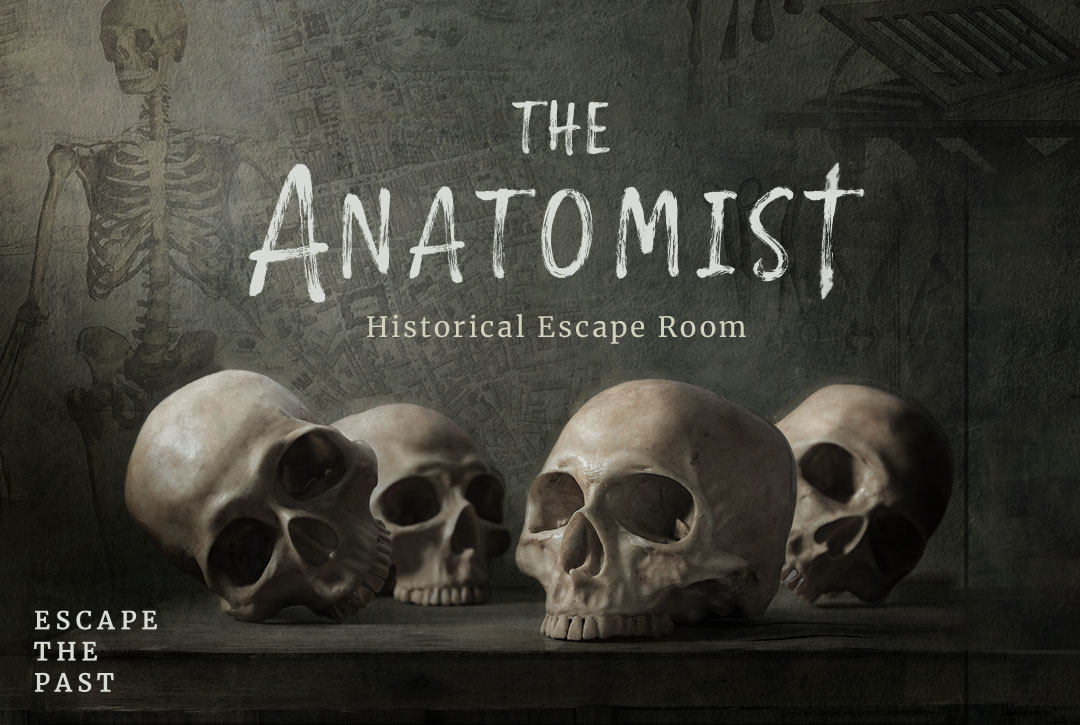
Ready to unearth more of Edinburgh’s dark past?
Discover our award winning escape rooms and city trails.

